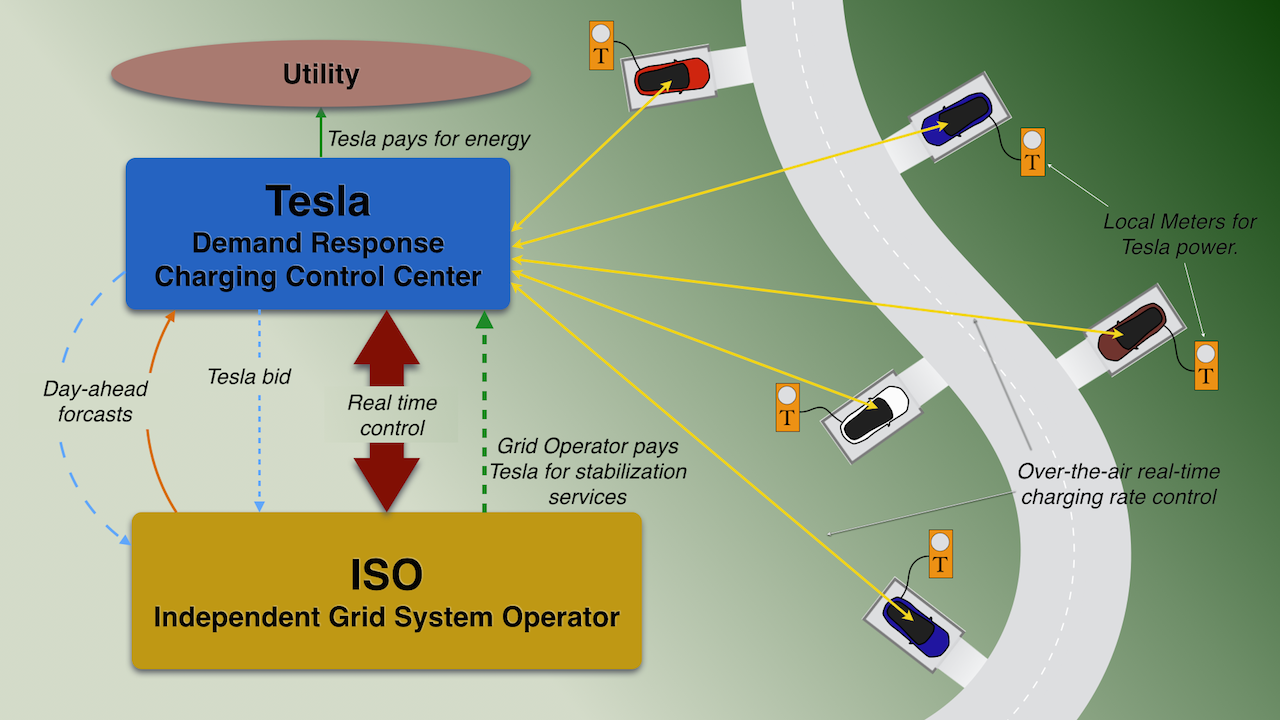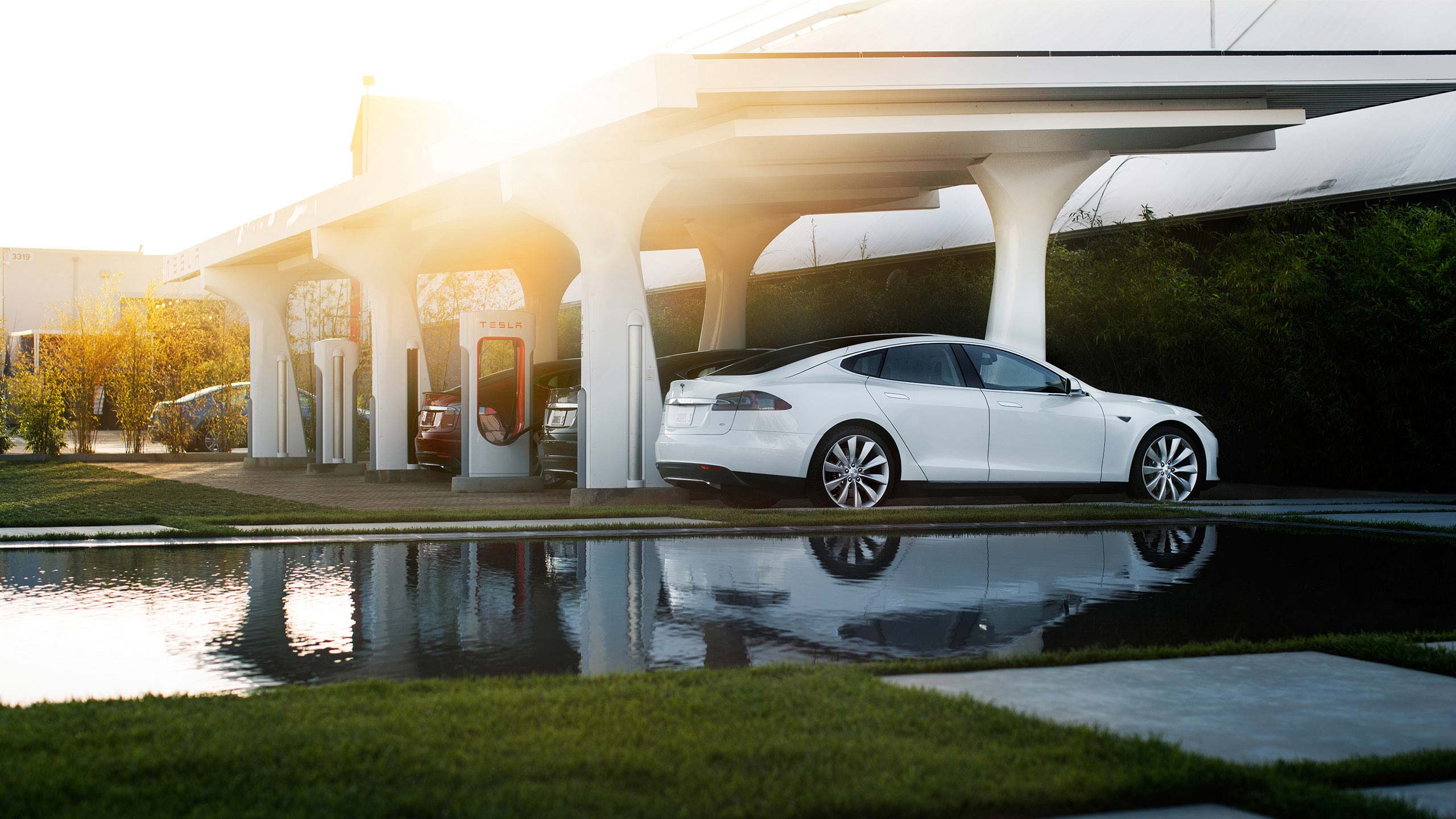

News
Future Teslas Could Come “Energy Included”
Future Teslas could come “energy included”, no matter how much you drive, for the life of the car. Crazy as it sounds, Tesla can actually make money giving Tesla owners free energy at home not just at Superchargers. Key components are already on the road or under development at Tesla. So, how would this work, when will it happen and what does it mean for Tesla owners and Tesla investors?
How it works
Tesla can provide grid regulation and stabilization services worth as much as the energy used for charging, or more, by centrally controlling the time and rate at which Tesla cars are charged. Embedding a modest up-front cost increment into the price of a special Tesla charging connector, pays energy cost in excess of earnings from grid regulation and stabilization as an “annuity”, and can leave a lot of money in Tesla’s pocket, too. This model is similar to Tesla’s Supercharger business – there is a detailed analysis of Tesla’s Supercharger business I did a while back on Seeking Alpha.
Owners will handle charging differently. Instead of setting charging current, normal or range charging, and (optionally) the charging start time, the owner will instead set a time for charging to be completed and whether a normal or range charge is needed by that time. The Tesla charging control center will then match the charging rate of each Tesla car using over-the-air communication links to earn grid regulation fees and capture the best electric rates while making sure each car is recharged when the owner needs to drive off.
Your garage charging connector will be fed from a separate meter and the connector will “identify itself” to the car to enable Tesla controlled charging.
Two things make this scheme economically viable. There is flexibility in exactly when your Tesla charges because most days the charging time is much less than the time your car spends plugged in overnight. This flexibility lets charging be “timed” to help regulate the grid. When wind generation surges due to gusts, or when system load suddenly drops, chargers can be switched on to “swallow” the power surge. The grid system operator, working through the Tesla charging control center can rapidly adjust the charging load to help stabilize the grid.
Rapid adjustment of loads on the grid is valuable because it allows the grid to use more wind power with less fossil generation online as “spinning reserve”. When a large number of car chargers quickly switch on to “swallow” a surge in wind generated power, the value of the “regulation down” can actually be greater than that of the energy used by the chargers. At these times, the system operator will actually pay to have cars charge!
When will free home charging happen?
The answer is, we aren’t there yet. Utilities are only beginning to wrestle with what happens when large amounts of battery storage get connected to the grid. This turns out to be quite complicated. This Sierra Club Energy-Storage Cost-Effectiveness paper offers a summary of the results of several grid storage studies done for the California Independent System Operator (CAISO). At this point we can’t do a specific financial model because technologies, rate structures and even how grid regulation will work with attached storage have not been set.
There are also, at this point, too few Tesla cars on the road to make their charging a significant source of grid regulation. And so far, there is no central control system in place to coordinate the charging of Tesla cars. But times are changing.
CAISO now operates a unified energy imbalance market (EIM) across all or parts of seven states (CA, ID, NV, OR, UT, WA, WY). Within a few years one can imagine upwards of half a million Teslas registered in these states. When these cars are (mostly) plugged in for charging at night, they together represent several giga-watts of load that can be switched on or off in seconds, using the central charging control scheme. That’s a lot of wind regulation capability that requires almost no additional capital investment. It just might get us “free” energy to charge Tesla cars in their owner’s garages.
Status: Where are we on the path to free energy?
Tesla is doing a lot more with grid connected storage and grid regulation than many Tesla owners, and even many Tesla investors realize. In May of this year, J.B. Straubel, Tesla’s Chief Technology Officer made the keynote presentation at Silicon Valley/ SEEDZ Energy Storage Symposium. He discussed a surprising array of Tesla storage products already being made and installed in grid applications, from small residential storage systems being rolled out by SolarCity to large industrial units delivering hundreds of kilowatts. Video of JB’s presentation is available on YouTube here.
A lot of the hardware needed for central charging control of Tesla cars is already part of every Tesla. Every Model S already has a big battery, of course. And high power 10kW or 20kW chargers that are controlled through the touchscreen and the car’s computer. Every Tesla car has a broadband communication link to Tesla company computers that is used to download software updates. These links are available to control charging on a car-by-car basis. Tesla already makes a high power wall connector (HPWC) that can be installed with connection through a standard utility meter. Buying and installing one of these will probably be a requirement to get “free” charging at home.
The only part of the remote charging scheme that isn’t online today is the central control system for “aggregating” car charging so it can be controlled by the grid system operator. Everything else needed to implement aggregated charge control for Tesla cars is either already in production at Tesla or available off the shelf as commercial products or communication services.
In his talk, JB describes aggregation of many residential storage systems to allow the grid operator to use that distributed resource in much the same way aggregated car charging control might be used to stabilize and regulate the grid. At the end of his talk, there is a Q and A session. Someone asks what Tesla’s plans are for eventually implementing the aggregated control center JB described. His answer, “We are building it now.”
Should Tesla owners / investors care about this?
Probably, but some caution is warranted. Tesla owners already talk to their ICE driving friends about how much less electricity costs compared to gasoline or diesel fuel. If in the future all Tesla charging is free, both at home and from Superchargers when traveling long distances, Tesla owners will be left with literally “nothing” to talk about – something their fossil fueled friends may (or may not) appreciate.
For Tesla investors, the prospect of making all the energy for Tesla cars free has some big implications. If the economics parallel those of the Supercharger business, Tesla could see very large additional profit (billions of dollars at least) for something that would require negligible new capital investment by Tesla.
There will be indirect benefits for Tesla, too. Already Tesla cars offer the advantage of much lower energy cost compared to ICE cars, and even hybrids. Free charging at home and at Superchargers would make Tesla cars energy cost even lower than other electric cars which get charged on the owner’s electric meter. While the absolute economic advantage of free charging, compared to other electric cars, will be modest, the emotional value of getting energy for free should never be underestimated as a competitive edge in the market place.
And of course there is the plain, simple novelty of offering a car that costs nothing to run. This is a feature no other car is likely to have, and which no other car (with the exception of soap box derby and solar-car competition cars) has had before. It is newsworthy, people will talk and write about it and it will produce a lot of buzz and free advertising for Tesla. Tesla investors need to be careful not to be overcome with hysteria as the shares go up, yet again.
Disclosure: Author is long Tesla.
Elon Musk
Tesla CEO Elon Musk confirms time spent with DOGE will drop ‘significantly’
Musk said he will likely remain with DOGE until the end of President Trump’s term, but would scale back his work ‘significantly’ to focus on Tesla.
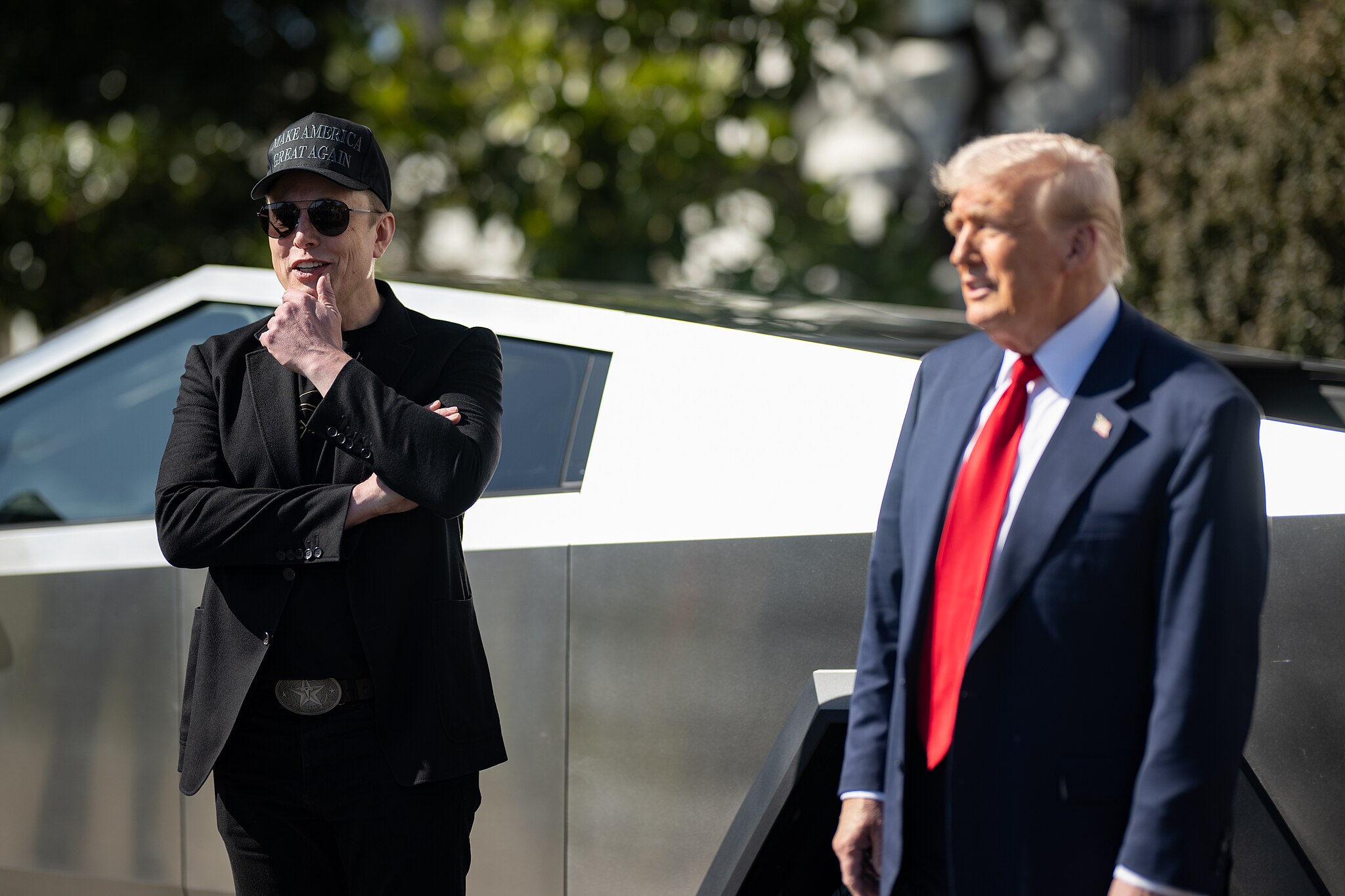
Tesla CEO Elon Musk confirmed today during the company’s Q1 2025 Earnings Call that his time allocation to the Department of Government Efficiency (DOGE) will drop “significantly,” as he will now turn more of his attention back to the automaker.
“I believe the right thing to do is to fight the waste and fraud and get the country back on track…I think it’s critical work,” Musk said on the call, before stating that his time allocation to DOGE would drop back considerably in May.
Musk said that just one or two days per week would be spent tending to government affairs. The remainder of his time will be dedicated to Tesla’s efforts, which, in the near term, include the launch of the Cybercab, a Robotaxi platform in Austin, and several affordable models that will be available in the first half of the year.
🚨 BREAKING: Elon Musk announces his work with DOGE “mostly done”:
“I believe the right thing to do is to fight the waste and fraud and get the country back on track…I think it’s critical work.”
He confirms that his time allocation to DOGE will drop “significantly,” but does… pic.twitter.com/KmUrETGIwA
— TESLARATI (@Teslarati) April 22, 2025
Musk clarified that he would likely remain on the DOGE team for the remainder of President Trump’s term, but he will be significantly less focused on the government, and more attention will be spent toward Tesla.
It’s a big sigh of relief for Tesla investors and analysts, as many, including Wedbush’s Dan Ives, said that a move needed to be made or the company could continue to feel the significant ramifications of Musk’s lack of attention.
This is a developing story. Please check back for updates.
Investor's Corner
LIVE BLOG: Tesla (TSLA) Q1 2025 Company Update and earnings call
The following are live updates from Tesla’s Q1 2025 earnings call.
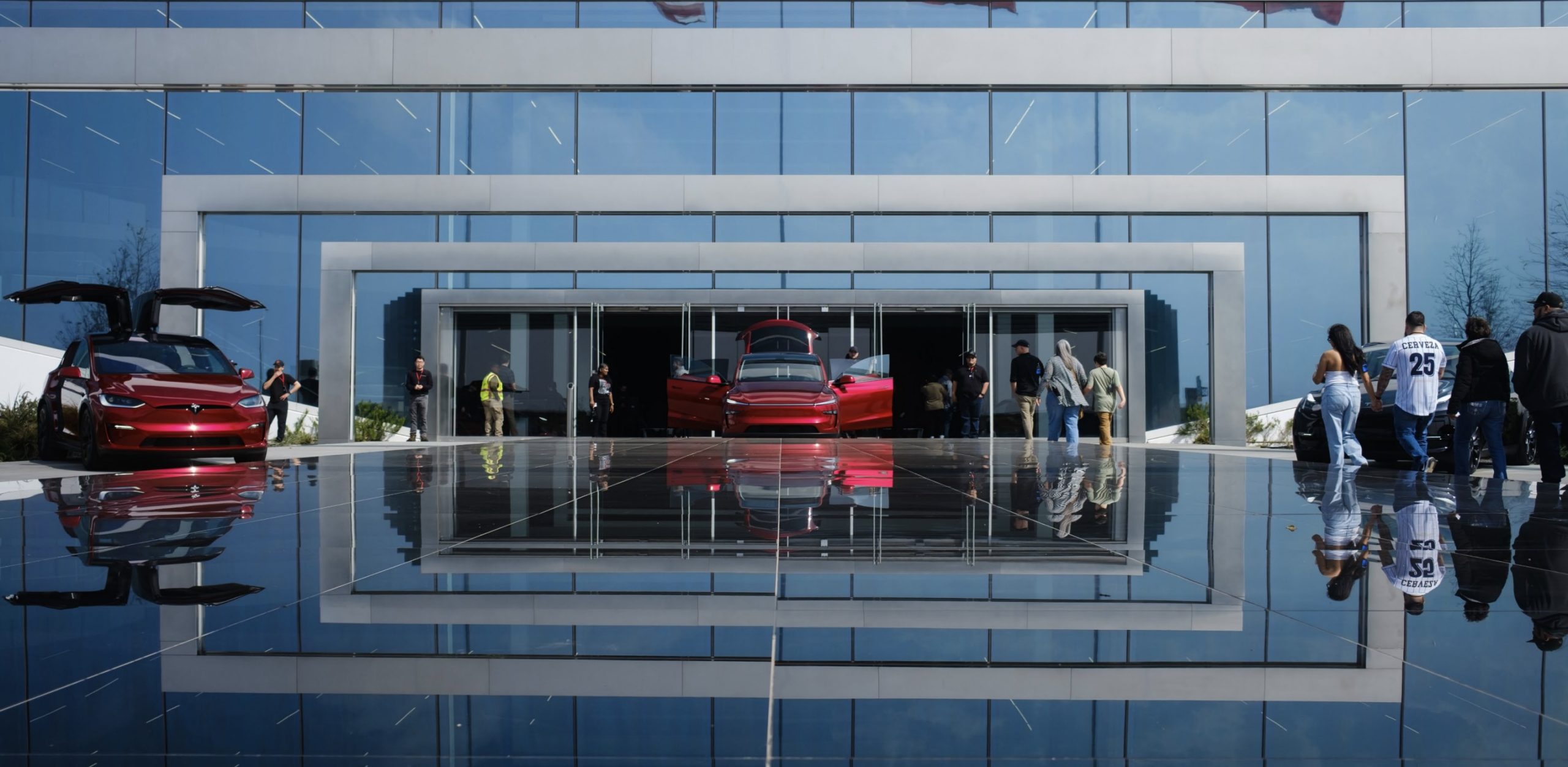
Tesla’s (NASDAQ:TSLA) Q1 2025 earnings call comes on the heels of the company’s Q1 2025 Update, which was released after the closing bell on April 22, 2025.
Tesla’s Q1 2025 Results:
- Total Revenues: $19.3 billion
- Total automotive revenues: $13.967 billion
- Total GAAP gross margin: 16.3%
- Gross Profit: $3.15 billion
- EPS non-GAAP: $0.27 per share
- Free cash flow: $664 million
The following are live updates from Tesla’s Q1 2025 earnings call. I will be updating this article in real time, so please keep refreshing the page to view the latest updates on this story.
16:20 CT – Hello, and happy earnings day to everyone! While Tesla missed the Street’s expectations, the stock has not shown its typical volatility at all. That being said, this earnings call is quite interesting due to the upcoming “Company Update.”
Tesla also reiterated its section about new vehicles that “remain on track for start of production in the first half of 2025” in its Update Letter. What are these vehicles? Just variants of the Model 3 or Model Y? Was the Cybertruck LR RWD one of them already? Or are they actually new cars that we’ve just never seen before?
Either way, ten minutes and counting.
16:27 CT – Now I’m just curious if the Company Update will be a video. The thumbnail Tesla is using on X and YouTube shows an “Audio Webcast Only” graphic though. Three minutes and counting.
16:28 CT – And there’s the music. Wonder if it’s going to be on time.
16:34 CT – Annd we’re now on the Elon time threshold. Tesla stock is actually up 4% in after-hours today. Pretty nutty considering that the Q1 earnings are a miss.
16:36 CT – The earnings call is formally starting. Here we go.
Elon Musk takes the stage. “There’s never dull moment these days,” he said. He admits to the blowback from his work with DOGE. He also admitted that those against DOGE are bound to attack him and his companies, such as Tesla. Musk reiterates his belief that it’s important to fight waste and fraud. “I think it’s critical work,” Musk said.
16:40 CT – Musk discusses the protests against Tesla. He alleges that the protests are not organic. “The actual reason for the protests is that those who are receiving the waste and fraud want to continue receiving the waste and fraud,” he said.
Musk notes that starting next month, in May, his time allocation for DOGE will drop significantly. He will continue to spend a day or two on government matters or as long as the U.S. President wishes him to. “Starting next month, I will be allocating more of my time with Tesla,” Musk stated.
16:43 CT – Musk noted that Tesla is no stranger to challenges, but Tesla has been through the ringer several times in the past. “We’re not on the ragged edge of death….not even close,” he said.
He also highlighted that Tesla is on the cusp of autonomous cars and autonomous humanoid robots. Musk expects unexpected bumps this year, but he remains confident on the future of Tesla. The idea of Tesla potentially being the most valuable company in the world by far was reiterated. “Maybe as valuable than the next five companies combined,” he said.
“We expect to be selling fully autonomous rides in June in August,” Musk stated. He also stated that autonomy in cars will affect the bottom line by mid-2026.
16:47 CT – Musk discusses Tesla’s supply chain, highlighting that Tesla is the least affected automaker by the Trump tariffs. That being said, Tesla has been working to localize its supply chains for years. He admitted that tariffs are tough on companies where the margins are so low. Musk also clarified that he continues to advocate for lower tariffs, but that’s all he can do. Trump has the decision.
“The tariff decision is entirely up to the President of the United States. I will weigh in on the decision, but its primarily up to the President. I continue to advocate for lower tariffs rather than higher tariffs,” Musk said.
16:50 CT – Musk noted that he would now explain why he is very excited for Tesla’s future. He noted that Tesla is laser-focused on bringing autonomy in June in Austin, Texas. He highlights Tesla’s general approach to autonomy.
“We have a general solution (to autonomy) rather than a specific solution,” Musk said.
He also noted that Tesla expects to use thousands of Optimus robots in its factories this year. He expects Optimus’ ramp would be one of the fastest. By 2030, or 2029, a million Optimus per year is plausible.
16:52 CT – Musk highlighted that the Tesla Energy unit is doing very well. “We expect the stationary energy storage to scale to terawatts per year,” he said.
16:54 CT – Musk stated that Tesla chose to update the Model Y in Q1 because the first quarter tends to be the weakest. People do not usually buy a lot of cars in winter, after all. He highlighted that the Model Y is the world’s best-selling cars.
“We picked Q1 to cut over to the production of the new Model Y…at the same time in factories across the world,” Musk stated, adding that, “In conclusion, while there are many headwinds, the future of Tesla is brighter than ever.”
He thanks the Tesla team and stated that he is looking forward to leading the team.
16:56 CT – Tesla CFO Vaibhav Taneja takes the stage. He explained the company’s reduced vehicle deliveries, which were caused by the changeover to the new Model Y across its factories. He also noted that the negative effects of vandalism and unwarranted hostility towards Tesla and its staff affected sales in some areas.
The CFO noted that even with these challenges, Tesla was able to sell out legacy Model Y in Q1. “We have an extremely competitive vehicle lineup and after that we have FSD,” he said.
17:03 CT – Taneja noted that the Powerwall 3 has been received well by customers and Tesla is currently supply constrained.
He also discusses the effects of tariffs, though he highlighted that Tesla is a very American automaker. Tesla is not immune to the tariffs, but the company could navigate the challenging landscape better than other automakers. That said, Tesla’s US lineup complies with USMCA by 85%. The company is working on non-China battery suppliers as well.
17:06 CT – Say Questions begin. First up is a question about the highest risk items on the critical path to robotaxi launch and scaling. Elon stated that robotaxis in June in Austin will be comprised of a Model Y fleet.
“Teslas that will be fully autonomous in Austin will be Model Ys,” Musk said, adding that Tesla’s paid autonomous rides will be coming to other cities later this year. “I predict there will be millions of Teslas operating fully autonomously in the second half of next year [in the US].”
Musk did state that there will be some localized parameters for Tesla’s paid autonomous rides in different regions, like snowy areas. A good driver in California won’t be as good in the middle of a blizzard in winter, after all.
17:09 CT – Ashok Elluswamy, VP of Autopilot/AI Software at Tesla, noted that localized parameters still follow Tesla’s general approach to autonomous cars. He also highlighted that validation is still critical for robotaxi operations. In Tesla’s factories today alone, there could be many days without interventions, making it hard to figure out if FSD Unsupervised is working as intended.
Musk and Taneja joked that Tesla customers in China are really pushing FSD to its limits. People in China “putting [FSD] to the real test,” Musk stated.
Cybercab is also in sample validation now, and it’s still scheduled for production next year.
17:12 CT – Another question is asked, this time about when FSD Unsupervised will be released. “Before the end of this year” in the United States, Musk stated, adding that FSD Unsupervised must be meaningfully safer than human drivers before it is released.
17:15 CT – A question about Tesla’s new cheaper models is asked, and if the company is focused on simplified versions to enhance affordability, similar to the RWD Cybertruck.
Tesla VP of Vehicle Engineering Lars Moravy noted that these cheaper vehicles are still on track. The ramp is slower than we hoped but nothing is blocking the company from initial production.
17:21 CT – Another question is asked, this time about how FSD Unsupervised will compete against Waymo’s offering, especially regarding pricing, geofencing and regulatory flexibility.
“The issue with Waymo’s cars is that it cost waayy more money,” Musk joked. He also stated that Teslas cost a quarter or 20% what a Waymo cost, and the company’s vehicles are made in large volume.
Musk predicts 99% market share for robotaxi unless other companies can deploy the same amount of vehicles on the roads as Tesla. “I don’t see anyone being able to compete with Tesla at present,” he stated.
By the end of the year Musk is confident that the Model Y will drive itself all the way to the customer autonomously from the factory.
17:25 CT – A question about the unboxed method and how that is progressing was also asked. Tesla notes that the company’s unboxed process is progressing. “You’ll see it on tests and roads in the coming months.” Tesla is also focused on improving the method, like marrying sub-assembly areas together. “This is a revolutionary production system,” Musk noted.
When describing the Cybercab line, Musk stated that “it will ultimately achieve a cycle time of 5 seconds or less.” So far, Tesla is fastest at 33 seconds in Giga Shanghai.
17:29 CT – A question about tariffs and political biases was asked. The executives noted that Tesla is very localized already. Localization for Tesla is 85% in North America and 95% in China. “We’re ridiculously vertically integrated,” Musk stated.
Tesla makes lithium, cathode and cells. Only thing left is the anode. Musk also stated that Tesla’s in-house cells are the most competitive.
17:34 CT – A question was asked if Tesla has battery supply constraints. Tesla executives noted that while tariffs pose a challenge, Tesla is prepared to face it. Tesla is also not battery constrained for vehicles.
17:36 CT – Another question was asked, this one about “brand damage.” Executives highlighted that Q1 was all about the new Model Y changeover, and the company is still dominating its segments. “Tesla is not immune to the macro demand for cars,” executives noted.
17:39 CT – A question is asked about Optimus’ production line. Musk noted that Optimus is still in development, so most of its production will be at the end of the year. He also noted that most things for Optimus production is new, so it’s ramp has its challenges.
Musk noted that Optimus is affected by the Trump administration’s tariffs against China since the humanoid robot uses robots from the country. Elon Musk also reiterated the idea that Tesla will produce 5,000 Optimus robots this year.
17:40 CT – Analyst questions begin. Pierre Ferragu of New Street Research discussed the market share of Tesla’s cars. Musk noted that “the reality is in the future most people aren’t going to buy cars.” The CEO recalled that when the iPhone came out, veteran phone makers like Nokia opted to continue making legacy products. Consumers, however, wanted the most intelligent product available.
17:43 CT – Emmanuel Rosner from Wolfe asked about the FSD and its required number of human interventions. What still needs to happen for FSD to be Unsupervised? Tesla noted that it is aware of aware of the interventions happening in public FSD, and the robotaxi service rolling out in a couple of months will be focused on key areas. “We really working through a long tail of unusual interventions,” Tesla executives noted.
When asked if Tesla will need remote operators, Tesla noted that the robotaxi service in Austin will use use them, but only if absolutely needed.
17:46 CT – Edison from Deutsche Bank asked how Optimus’ supply chain will look like. Musk noted that Tesla is focused on localization, especially considering geopolitical uncertainty. The analyst followed up with the number of robotaxis in Austin in June. Musk noted that Day 1, there will probably be 10 cars to observe.
17:49 CT – A Cannaccord analyst asked about FSD pricing. Tesla executives noted that people who bought FSD typically believe that FSD is too cheap, especially its monthly subscription. Granted, FSD is insistent that drivers pay attention to the road, which affects the pricing. But when FSD is already fully unsupervised, that monthly fee will feel very affordable.
When asked about the Indian market, Tesla explained that India is a very hard market because of its taxes.
17:53 CT – Colin Langan from Wells Fargo asked about Tesla’s vision based approach and how the company plans to get around issues like sun glare and dust. Musk noted that Tesla uses Direct Photon Counting to see clearly through fog, dust, and sun glare. With this, Teslas can drive directly facing the sun or in extremely dark environments.
The analyst asked if the affordable cars will just be a cheaper Model Y. In response, Lars Moravy noted that Tesla is using its existing lines, limiting the design of the cheaper model. The new cars will depend on existing lines, so least their form factor will be familiar.
17:57 CT – Adam Jonas of Morgan Stanley asked about the Trump tariffs. Musk highlighted that he is just one of many advisers, and he does not make decisions. “I am an advocate for predictive tariff structures,” Musk noted.
As a follow up, Jonas asked if Musk believes the US or China is ahead in the development of AI humanoids and drones. Musk laughed and noted that it’s obvious which one is ahead in drones. America sadly cannot manufacture its own drones, and China holds a notable amount of the supply chain. Musk highlighted that US should not depend so much on China to make drones.
He noted that Tesla and SpaceX will be at the top of companies’ rankings, but he is apprehensive that ranks 1 through 10 will all be Chinese companies.
18:02 CT – And that wraps up Tesla’s Q1 Company Update and earnings call! Tesla really answered a lot of questions in this call, making it one of the longest Q&A sessions to date.
With that, till the next time, everyone!
Tesla’s livestream of its Q1 2025 Company Update and earnings call can be viewed below.
Investor's Corner
Tesla (TSLA) releases first quarter 2025 earnings results
Tesla’s quarter-end cash, cash equivalents and investments stand at a healthy $37 billion.

Tesla’s Q1 2025 earnings were released in an Update Letter, which was posted on the company’s Investor Relations website after markets closed today, April 22, 2025.
Tesla Q1 2025 Deliveries
Tesla’s first quarter vehicle deliveries fell short of expectations, with the EV maker delivering a total of 336,681 vehicles, comprised of 323,800 Model 3/Y and 12,881 other models, worldwide. Vehicle production was at 362,615 units in the first quarter, comprised of 345,454 Model 3/Y and 17,161 other models.
Tesla Energy continued its momentum in Q1 2025, with the division deploying 10.4 GWh of energy storage products during the quarter.
What Wall Street Expects
As noted in a Forbes report, expectations are high that Tesla will report a gain of $0.35 per share on $21.85 billion in revenue, though whisper numbers suggest that the company will only post a gain of $0.31 per share. Analysts polled by FactSet expect Tesla to see an EPS of $0.41 per share on revenues of $21.27 billion, as noted in an Investors’ Business Daily report.
Tesla’s Q1 2025 Results In a Nutshell
Following are highlights of Tesla’s Q1 2025 update Letter:
- Total Revenues: $19.3 billion
- Total automotive revenues: $13.967 billion
- Total GAAP gross margin: 16.3%
- Gross Profit: $3.15 billion
- EPS non-GAAP: $0.27 per share
- Free cash flow: $664 million
Key Updates:
Tesla’s total revenue decreased 9% YoY to $19.3 billion YoY. This was due to a decline in vehicle deliveries, in part due to the new Model Y changeover and reduced vehicle average selling price (ASP), among other factors.
Tesla is still profitable, though operating income decreased 66% YoY to $0.4 billion. This also resulted in a a 2.1% operating margin. Tesla’s profitability in the first quarter was affected by reduced vehicle ASP, a decline in vehicle deliveries, and an increase in operating expenses driven by AI and other R&D projects partially offset by a decrease in SG&A, among other factors.
Tesla’s quarter-end cash, cash equivalents and investments stand at a healthy $37 billion. The sequential increase of $0.4 billion was primarily the result of positive free cash flow of $0.7 billion.
Below is Tesla’s first quarter 2025 Update Letter.
TSLA-Q1-2025-Update by Simon Alvarez
This article is being updated.
-
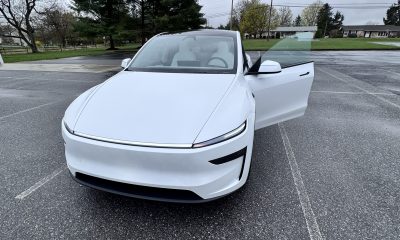
 News2 weeks ago
News2 weeks agoI took a Tesla new Model Y Demo Drive – Here’s what I learned
-
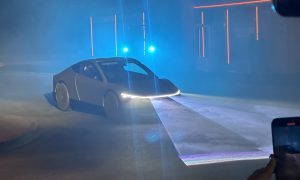
 News2 weeks ago
News2 weeks agoTesla cleared of some claims in Blade Runner lawsuit
-
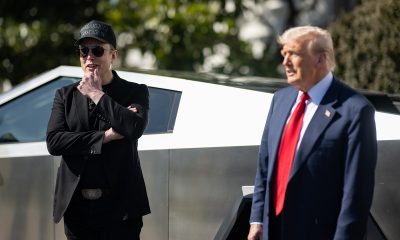
 News2 weeks ago
News2 weeks agoElon Musk reportedly appealed to Trump over aggressive tariff policy: WaPo
-
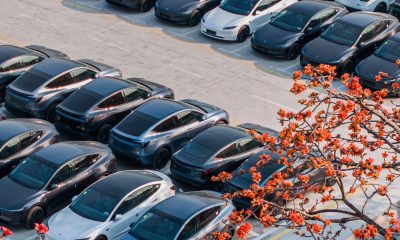
 News2 weeks ago
News2 weeks agoTesla China focuses on exports as Q2 begins
-
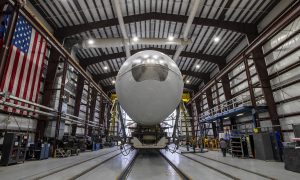
 News2 weeks ago
News2 weeks agoSpaceX takes over Space Force satellite mission from ULA
-
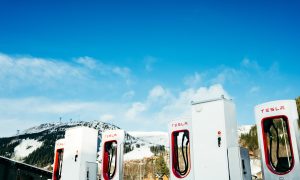
 News2 weeks ago
News2 weeks agoTesla Supercharger in Washington bombed, police and FBI step in
-
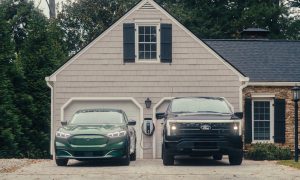
 News2 weeks ago
News2 weeks agoFord Launches Power Promise Program in the UK
-
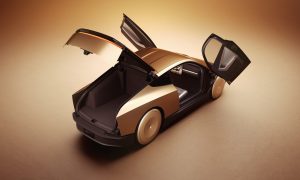
 Elon Musk5 days ago
Elon Musk5 days agoTesla doubles down on Robotaxi launch date, putting a big bet on its timeline

